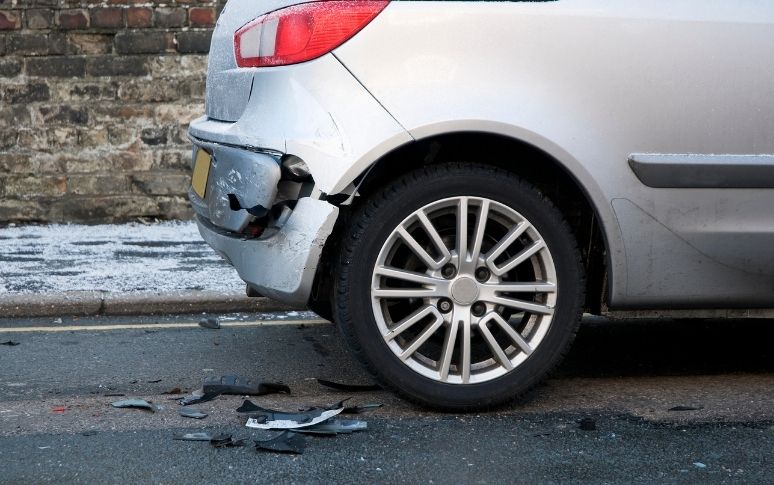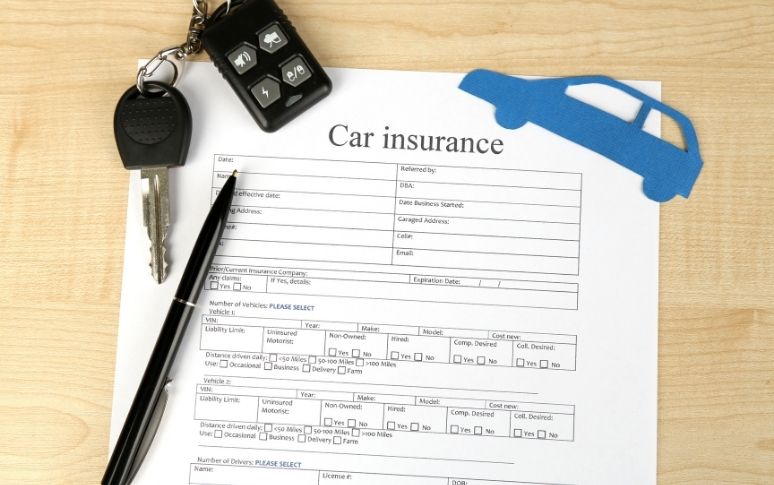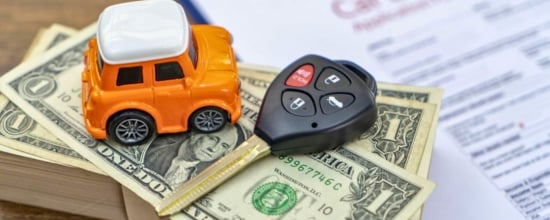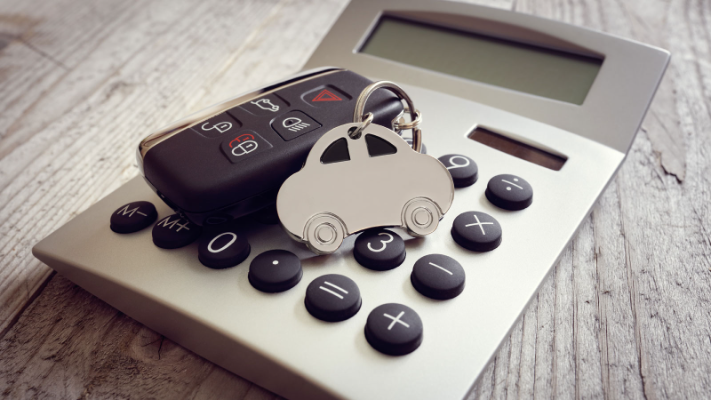Immediate Actions After an Accident
Your first actions following an accident are crucial for a successful insurance claim. Start by ensuring everyone's safety and moving vehicles to a safe location if possible. Call 911 immediately if there are any injuries, and always notify the police regardless of accident severity.
Document everything thoroughly at the scene. Take multiple photos of all vehicle damage, road conditions, and traffic signals. Collect witness statements and contact information, as these can prove invaluable if fault becomes disputed later.

Essential Information Exchange
Gathering complete information from all parties involved is critical for your claim. Exchange names, addresses, phone numbers, insurance details, and driver's license numbers with other drivers. Take photos of insurance cards and driver's licenses to ensure accuracy.
Document vehicle details including make, model, year, license plate numbers, and VINs (Vehicle Identification Numbers). If possible, note the exact location of damage on each vehicle and take photos from multiple angles.

Filing Your Claim Correctly
Contact your insurance company immediately, even if you believe you're not at fault. Most insurers now offer multiple ways to file claims, including mobile apps, online portals, and phone support. Provide all collected information and follow their specific instructions carefully.
Be honest and thorough in your accident description, but stick to facts rather than opinions or assumptions. Many insurers require initial claim filing within 24-72 hours of the accident, so don't delay this crucial step.

Understanding Claim Types
Different types of claims require different approaches. First-party claims involve your own insurance coverage, while third-party claims are filed against another driver's insurance. Understanding which type applies to your situation affects the entire claims process.
Property damage claims typically process faster than injury claims, which may take months to resolve as medical treatments continue. Know your policy limits and coverage types before filing to set realistic expectations.

Navigating the Settlement Process
Insurance adjusters evaluate claims based on documented evidence and policy coverage. They may request additional information or require vehicle inspection at approved repair facilities. Keep detailed records of all communications and expenses related to the accident.
Most property damage claims settle within 30 days, while injury claims can take several months. Don't accept the first settlement offer without carefully reviewing it against your actual losses and expenses.

Dealing with Claim Denials
Insurance companies may deny claims for various reasons, including policy exclusions, coverage limitations, or suspected fraud. If your claim is denied, request a written explanation and review your policy carefully.
You have the right to appeal claim denials. Consider hiring an attorney if significant damages are involved or if you believe the denial is unjustified. State insurance departments can also help mediate disputes between policyholders and insurers.

Maximizing Your Settlement
Document all accident-related expenses, including medical bills, rental car costs, and lost wages. Keep receipts and records of any repairs or replacements necessary due to the accident.
Consider future expenses when evaluating settlement offers, particularly for injury claims. Medical treatments might continue long after the initial settlement, so ensure all potential costs are accounted for.

Special Considerations for No-Fault States
No-fault insurance states require drivers to file injury claims with their own insurance regardless of fault. Understanding your state's specific requirements and limitations is essential for proper claim filing.
These states often restrict lawsuits unless injuries meet certain thresholds. Know your state's regulations and how they affect your ability to seek additional compensation beyond insurance settlements.














